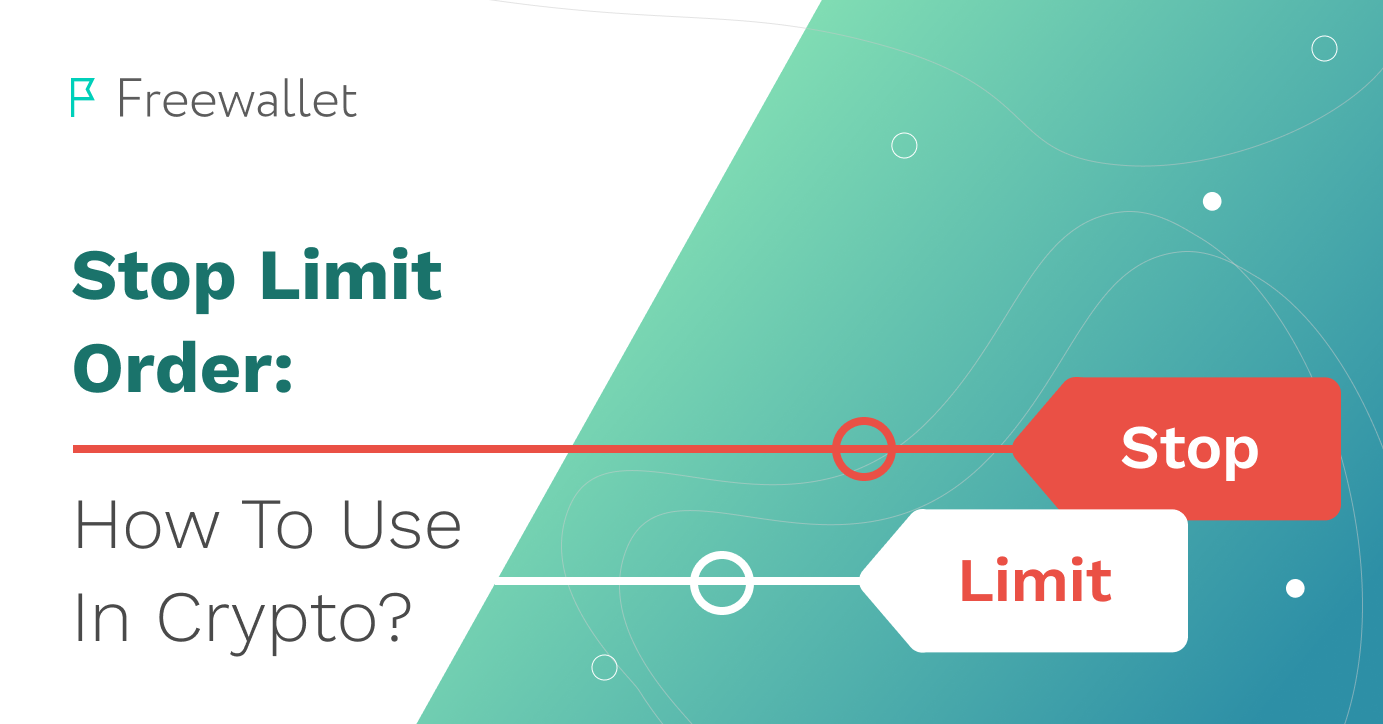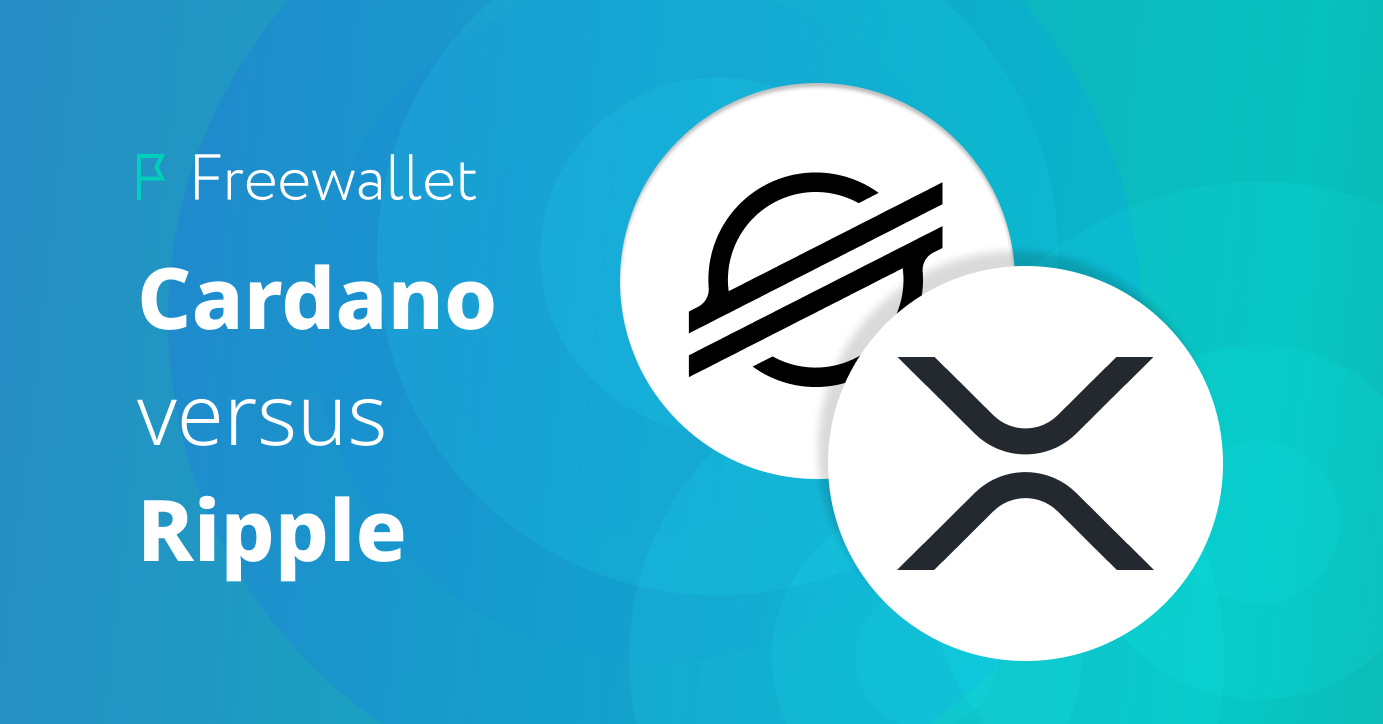
When you take orders from the order book at the available price, you buy assets at the market price and slightly decrease the exchange’s liquidity. You can offer a trade at your preferred price and post a limit order. It will deepen the market liquidity (usually exchanges incentivize traders to do so via fee discounts) and increase your chances to buy/sell an asset of interest for a better price.
That’s why multiple order types exist. These orders are the tools of risk management. Stop-limit orders are among the order types that allow traders to minimize losses and maximize profits when the market behaves worse or much better than it was expected. From this article, you will learn what a stop-limit order is, what are the differences between stop orders and stop-limit orders and find answers to other essential questions.
What Is a Stop-Limit Order?
A stop-limit order is a conditional order executed in a specified time frame with limit and stop-loss order characteristics. The order is used for risk control as it transforms from a stop-loss order to a limit order at a set-out price depending on the market conditions. Unlike regular limit orders, stop-limit orders are not necessarily filled as they get deleted if the price doesn’t hit the specified stop mark.
This order type is not something new or exclusive to cryptocurrency trading. It was created long before the invention of cryptocurrencies and is widely used in online trading. It’s worth saying that not all crypto exchanges support stop-limit orders.
Now, let’s see the structure of stop-limit orders. A stop-limit order is based on two prices — stop price and limit price. The stop price is the first target price you set, and the limit price is the preferred price mark off the target price range. Another crucial parameter is the time frame outside which the order can’t be filled. Stop-limits allow traders to fill the order at any moment. If the price doesn’t make it beyond the stop price mark in the chosen time frame, the order is not filled.
Stop-limit orders execute at the set-out or better price if the stop price mark is reached within the chosen time span. As soon as the price touches the stop level, the order turns into a regular limit order set to make the trade at the limit or better price.
Limit Order vs. Stop-Loss Order vs. Stop-Limit Order
For a better understanding of stop-limit order specifics, we will quickly review stop and limit orders and compare these types of orders.
Stop-loss orders (or simply stop orders) get executed as a market order after the price reaches the desired level specified by the trader. Stop orders don’t depend on any changes in the market. They only react to getting the target price. That’s why the limit feature of the stop-limit order adds flexibility that allows traders not to lose the growing opportunities when the market conditions are better than expected.
Limit orders target a set-out price. Limit orders are filled when they reach the target price or a better price. The order gets deleted if the price takes the wrong direction and grows distant toward the target mark.
It appears that stop-limits allow traders to use limit orders when the market is yet to reach the desired price range in which limit orders can be beneficial. That’s why first, the order works as a stop order, triggering only if the market takes the right direction, and then, finally, the limit order is here to maximize profits if the needed price range is reached. If the price behaves not favorably, then the stop-limit order simply ceases. It makes stop-limit orders a handy tool allowing more profitable trading. Stop orders can get filled at worse prices than stop-limits, while limit orders are not that good when you aim at the price range that is yet to show up in the charts. That’s why stop-limit orders make for more precise trading.
Examples of Buy and Sell Stop-Limit Orders
Probably, it would be more intuitive to learn how stop-limit orders work through the examples. Below you will see buy stop-limit and sell stop-limit orders as examples.
Buy Stop-Limit
Buy stop-limit orders target the price above the current market level, while sell stop-limits do the opposite.
Let’s imagine that on the day you trade, BTC costs $20,000. You want to buy some, but first, you wish to make sure that BTC is going up. So you place a buy stop-limit order at the $21,000 price not to invest in BTC on the downtrend. You put the time frame. If BTC fails to reach a $21k mark in the set out time span and goes below $20,000 instead, then the order is not filled.
But if the price reaches the $21k mark on time, the stop-limit order becomes a limit order with a limit set at the $21,200 mark so that you won’t pay for your BTC too much. If the BTC price grows too fast and gets beyond $21,200, the order is not filled. If everything goes well, you buy BTC for a price between $21,000 and $21,200. Thanks to the stop-limit order, you don’t risk buying it for a price higher than $21,200 per coin and won’t spend any money if the price goes down instead or doesn’t manage to reach $21,000.
Sell Stop-Limit
Sell stop-limit orders target the price below the market level. Let’s say the current BTC price is $20,000, and you believe it will continue to go down, so you want to make sure that the trend is downward. If it is so, you will sell your BTC. You set the stop price at the $19,700 mark and the limit at $19,500 as you don’t want to sell BTC at a lower price. So, if the price stays high (above $19,700), you don’t lose your BTC as the order is not filled. If the price drops below $19,700, then the limit order is activated, and you sell your BTC at a price higher than $19,500.
Advantages and Disadvantages
Stop-limit orders have many advantages. We have already mentioned many of them. This order type allows you to keep your money if the asset of interest is not moving in price the way you need. But once the asset reaches the set price level, the trade will occur on your conditions. It is a two-step control tool aimed at safe trading, maximizing profits, and minimizing losses. Thanks to their automatic nature, stop-limit orders can keep your trading going without much of your involvement. Although, it won’t be the case if the market is not stable at that moment.
Nothing goes without flaws, though; stop-limit orders are not always good for you. Stop-limit orders can be harmful when the market gets super-volatile. The set-out prices can become dated too soon, and you’ll choose your money if you fail to reconfigure your orders on time. More than that, stop-limit orders are not immediate and better fit careful trading. For instance, if BTC costs $20,000 and you want to buy some, you can do that right now instead of setting a stop price at $21,000. You use stop-limit orders when you are not sure. But “making sure” (the stop part of the order) will cost you some money.
Closing Thoughts
Stop-limit orders are not for gamblers. If you like your portfolio’s safe and steady growth, then stop-limit orders might fit you nicely. They won’t propel your wealth quickly in the volatile market but will serve as a reliable staple of your portfolio in calmer periods. Of course, not the order type itself is to blame for losses, nor does it make you rich. It is still your responsibility how you trade. Stop-limit orders can only make your way less rocky.
Related
Stay tuned
Subscribe for weekly updates from our blog. Promise you will not get emails any more often.
Most Popular
New Posts
Stay tuned
Subscribe for weekly updates from our blog. Promise you will not get emails any more often.





